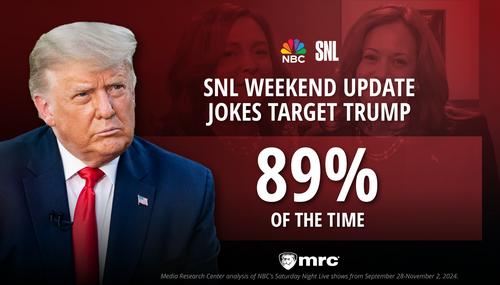Time and Newsweek put Dick Cheney’s hunting accident on their covers this week, a dying story already eight days old. The shooting victim, Texas lawyer Harry Whittington, went home after apologizing for all that Cheney had to go through, meaning the thoroughly juvenile media frenzy that followed.
Time and Newsweek no doubt imagined Cheney delayed alerting the press until Sunday so that they couldn’t put him on their Earth-changing covers last week. We’ll show you, they said, fists shaking at being so obviously dissed.
But we already know every single bit of the story, having heard it hundreds of times over the last week. How to make these covers newsworthy? Easy, if you’re a melodramatist at these magazines.
Newsweek’s cover promised a look at “Cheney’s Secret World,” over a picture of Cheney shooting his gun in the field. They headlined their cover story “The Shot Heard Around the World.” Now, whoa, as they say in Wyoming. Muslim rioters are killing people over mild Muhammad cartoons in Denmark, and this birdshot accident was the “shot heard around the world”? It gets worse. The subheadline told a conspiratorial tale: “He peppered a man in the face, but didn't tell his boss. Inside Dick Cheney's dark, secretive mindset – and the forces that made it that way.” Cue the “Phantom of the Opera” soundtrack.
Newsweek gave the story 13 pages, claiming that Cheney is “one of the most secretive and mysterious public officials to ever hold such high office in America. He is caricatured as a Darth Vader, spooky, above the law; nefarious.” We’re told “Guessing at the causes of his darkening persona is a favorite Washington pastime.”
The only ones doing the guessing are those trying to find some justification for this journalistic tripe.
Time was a little less hyperbolic, but they gave the story 12 pages. The cover featured a scowling Cheney behind a blurred Bush with the words “Sticking By His Guns: From the Iraq war to torture to energy policy, Dick Cheney stubbornly clings to what he believes.”
The media defended its frenzied coverage of an accident by arguing it’s part of a
All this said, let us reserve the award for the greatest chutzpah of Birdshot Week to Bill and Hillary Clinton and their ravenous pack of hypocritical wolves, such as James Carville and Paul Begala, all of whom pounded Cheney for his secrecy. While Carville and Begala wailed like vampires for blood-alcohol tests for Cheney and his victim, Hillary Clinton sneered that “The refusal of this administration to level with the American people, on matters large and small, is very disturbing.” Bill Clinton agreed with the wife that the Bush people have an “enormous penchant for secrecy -- for not telling anybody anything about anything.”
If we learned anything in the Clinton years, it’s that they are world-class stonewallers and the phrase “enormous penchant for secrecy,” when applied to them, is an understatement. Don’t expect the press to agree with this, however. They spent eight years enabling their secrecy.
Texas lawyer Harry Whittington getting peppered by Cheney was a cover story in both magazines. White House lawyer Vince Foster shooting himself dead in 1993 was not. Whittington’s shooting was a fiesta for reporters claiming it was their job to ask the hardball questions. Foster’s shooting was an occasion for sadness and sympathy among friends, not for yelling at the White House spokesman.
Time and Newsweek both featured teen gun violence on their covers of August 2, 1993. Foster died on a Tuesday afternoon, giving the magazines plenty of time for reporting. Newsweek promoted the story in a corner of its cover, and had four pages inside headlined “The Mystery of a White House Suicide.” It told a soft story that concluded with the picture of Foster’s childhood friends Clinton and chief of staff Mack McLarty as “once innocent boys playing mumbletypeg.” The only darkness in the piece came from jabs leveled at the editorials of the “acerbically conservative” Wall Street Journal.
Time didn’t even use a corner of its cover for Foster, picking instead the whopping story “Are Whales Fair Game?” Time had one page -- just one -- by Clinton-boosting reporter Margaret Carlson, titled “Where Hope Ends,” with a childhood picture of Foster and Clinton. Again, the only negative mention was the Wall Street Journal editorials.
Over the next year, we learned that in private the White House had feverishly spent the hours after Foster’s death scouring for stonewalled Whitewater documents in his office, hiding them from investigators – an “enormous penchant for secrecy.” But that was another time, when that administration kept all manner of things from the public, and Time and Newsweek found no darkness, only light.




